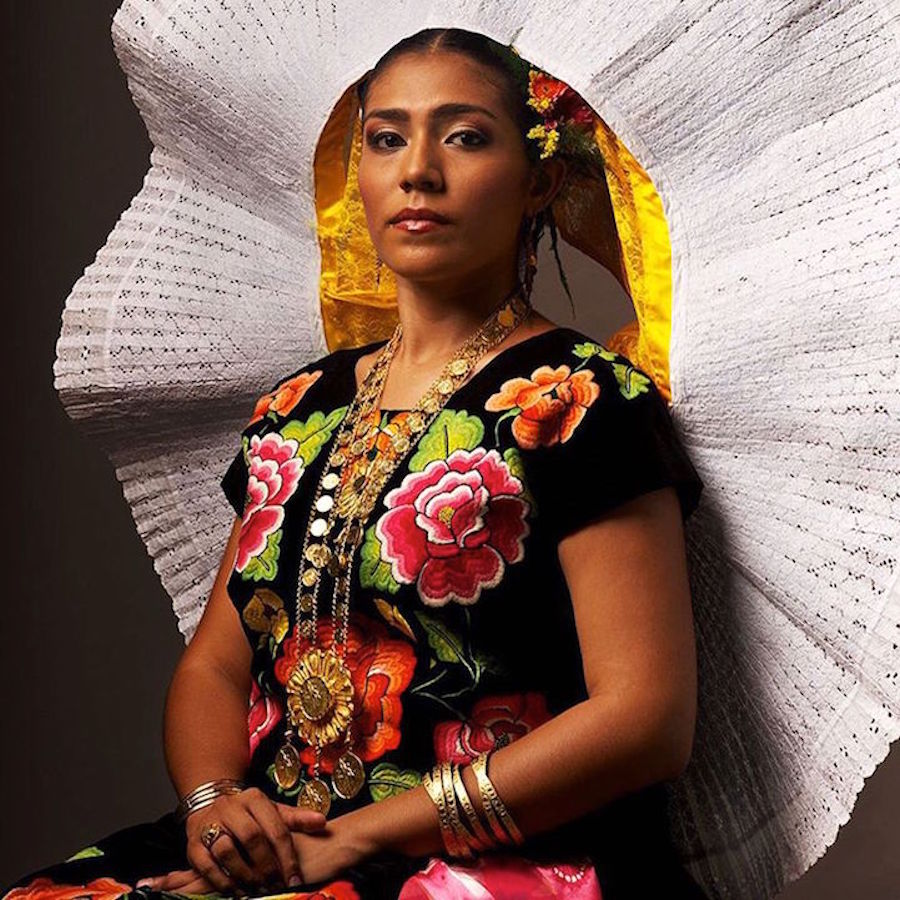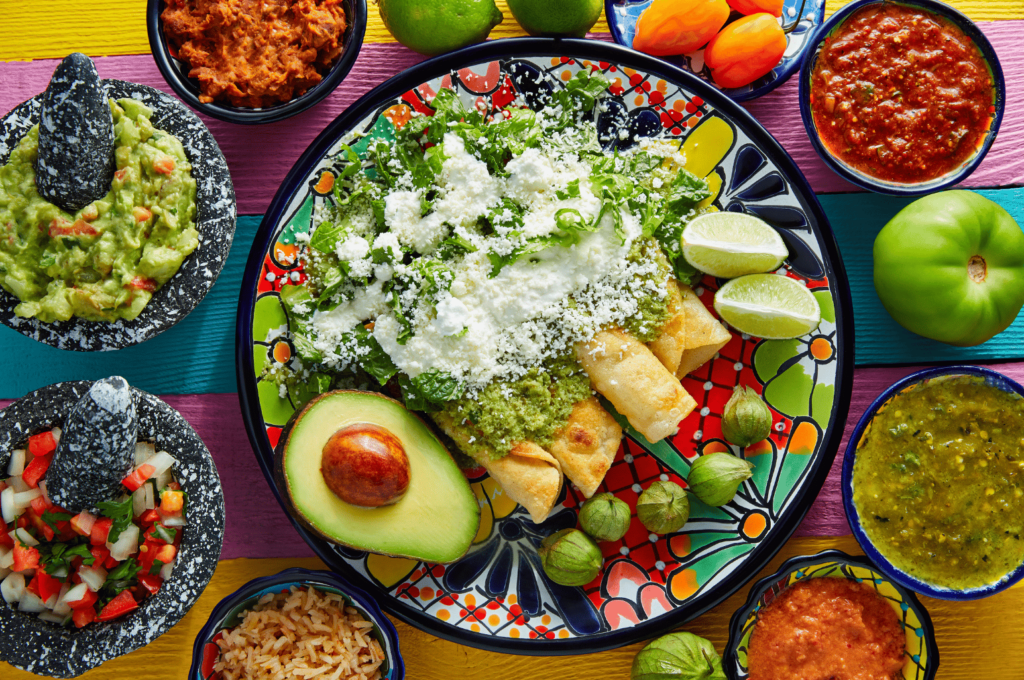Step into a world where every movement tells a story, where vibrant colors swirl, and the rhythms of a nation come alive. Mexican dance styles are truly a spectacle, a beautiful way to understand the heart and soul of this incredible country. From ancient indigenous rituals to lively social gatherings, these dances offer a glimpse into Mexico's rich past and its lively present.
You see, Mexico's dance heritage is incredibly diverse, blending traditional steps with influences from various cultures over time. It's not just about fancy footwork; it's about history, community, and expression. We're going to explore some of these amazing styles, uncovering their origins, the stunning costumes they feature, and the deeper meanings woven into each step.
So, whether you've seen a performance or are just curious, this journey into the world of Mexican dance will, perhaps, show you something new. It's a chance to appreciate how these movements reflect the very spirit of Mexico, how they honor traditions, and how they keep culture very much alive.
- Unveiling Mexican Dance Styles: A Cultural Tapestry
- Frequently Asked Questions About Mexican Dance
- Embracing the Rhythm of Mexico
Unveiling Mexican Dance Styles: A Cultural Tapestry
When people talk about mexican dance styles, they often think of vibrant costumes and lively music, and that's absolutely part of it. But there's a whole lot more to these dances, you know? They are a reflection of the country's diverse regions, its long history, and the many different groups of people who call Mexico home. Each dance, in a way, tells a unique story, whether it's about love, war, harvest, or simply celebration.
We can learn about the history, costumes, and meanings of many different Mexican dance styles, from the very recognizable Jarabe Tapatío to the unique Chinelos. These dances, it's almost like, they reflect the country's cultural heritage in a really profound way. You see how different influences, like indigenous traditions and European arrivals, blended together to create something truly special.
Basically, Mexican traditional dances are a testament to the rich cultural heritage of the country. They are, quite simply, a vital part of Mexico's cultural patrimony, one of its essential attractions. This exploration will show you just how varied and beautiful these dance forms can be.
The Heartbeat of Mexican Folkloric Dance
Mexican folk dance, commonly known as baile folklorico or Mexican ballet folk dance, is a term used to collectively describe traditional Mexican folk dances. It's a broad category, really, encompassing a wide range of styles and traditions that reflect the country’s rich cultural heritage. These dances often incorporate elements from indigenous rituals, Spanish colonial influences, and even African rhythms, creating a truly unique blend.
Our exploration shows how these dances are not just performances; they are living histories. They tell us about the origins, costumes, and rhythms of many regional Mexican dances that represent the culture and traditions of different states. From the famous Jarabe Tapatío to La Bamba, you discover the diversity and beauty of these forms. It's pretty amazing, actually, how much variety there is.
Choreographers and artistic directors, like Gema Sandoval, write about folklorico and its growth as an art form from its origins, and how it evolved into the present day. This evolution means that while the roots are deep, the dances continue to be a dynamic part of Mexican life, very much alive and changing even now.
Jarabe Tapatío: Mexico's National Dance
The Jarabe Tapatío, often called the Mexican Hat Dance, is perhaps the most famous of all mexican dance styles. It's truly iconic, and you've probably seen it performed somewhere. This dance, which originated in Jalisco, is often considered the national dance of Mexico, symbolizing unity and courtship.
The history of this dance is quite interesting, too. It tells a story of a man trying to win the affection of a woman, using the hat as a central prop. The music is incredibly lively, with mariachi bands providing the soundtrack, and the moves involve lots of foot stomping and twirling, which is why it's so energetic.
The costumes are also a big part of its appeal. Women typically wear a beautiful, full-skirted dress, often called a "China Poblana" dress, adorned with colorful embroidery and ribbons. Men usually wear a charro suit, which is a traditional Mexican horseman's outfit. It's a very visually stunning dance, and quite frankly, it's hard not to smile when you see it.
The Spiritual Concheros: An Ancient Echo
Moving to something a bit different, the Concheros dance is an indigenous style with deep spiritual roots. This dance, you know, is a powerful connection to Mexico's pre-Hispanic past. It's often performed during religious festivals, especially those honoring the Lady of Guadalupe, and involves intricate rituals and profound symbolism.
The name "Concheros" comes from the concha, a stringed instrument made from an armadillo shell, which provides the music for the dance. Dancers wear elaborate costumes, often adorned with feathers, mirrors, and shells, which represent various elements of nature and cosmology. It's a very ceremonial dance, and the movements are precise and meaningful.
These dances reflect the indigenous influences on Mexican dance styles, showing how they reflect the country's cultural heritage. They are a way of honoring ancestors and maintaining a connection to ancient traditions, a very significant part of Mexico's living history, you might say.
Chinelos: The Joyful Rebels
The Chinelos are another fascinating example of regional Mexican dance styles, particularly popular in the state of Morelos. These dancers are known for their incredibly elaborate, often satirical costumes and masks, which they wear during Carnival celebrations. The word "Chinelos" comes from the Nahuatl word "tzinineloa," meaning "moves the hip," which, honestly, describes their bouncy, playful movements pretty well.
The origin of the Chinelos is quite interesting; they emerged during the colonial period as a form of protest against Spanish rule, allowing indigenous people to mock their oppressors in disguise. Their masks often feature European features with pointed beards, and their costumes are richly decorated velvet robes. It's a very unique and vibrant tradition, really.
When you see them, they jump and dance in the streets, often accompanied by brass bands. It's a very joyous and communal experience, a very fun dance to learn and enjoy, if you get the chance. They bring a lot of energy to any celebration, that's for sure.
The Energetic Quebradita
Now, let's shift gears a bit to a more modern, yet still very traditional, style: the Quebradita. This dance, which means "little break" or "little snap," is a fast-paced, acrobatic partner dance that became very popular in the 1990s, especially in northern Mexico and among Mexican communities in the United States. It's, like, incredibly energetic.
The music for Quebradita is usually a mix of banda, cumbia, and ranchera, with a strong, driving beat. The moves involve a lot of spins, lifts, and dips, where the woman often "breaks" or bends backward over the man's knee, which is where the name comes from. It's a very dynamic and visually exciting dance, truly an extreme dance style in its own way.
While it might not have the ancient roots of some folkloric dances, Quebradita very much reflects a popular, contemporary expression of Mexican dance culture. It's a social dance that brings people together for fun and lively movement, and you can see why it exploded in popularity.
La Bamba: A Veracruz Classic
La Bamba is another well-known Mexican dance, originating from the state of Veracruz. While many people know the song thanks to Ritchie Valens, the traditional dance is a beautiful and intricate part of the Jarocho culture. It's a very rhythmic dance, usually performed by couples, and it's quite charming to watch.
The dance involves intricate footwork, often performed on a wooden platform, which amplifies the sound of the dancers' shoes. This creates a percussive element that is integral to the music. During the dance, a couple might even tie a bow with their feet, a very skilled and symbolic gesture of unity.
The costumes for La Bamba are typically white, with the women wearing beautiful, flowing dresses and men in crisp white shirts and pants. It's a dance that really highlights the grace and precision of the dancers, and it shows another facet of the diverse mexican dance styles found across the country. It's a truly beautiful tradition, honestly.
Beyond Folklorico: Modern Expressions
While traditional folkloric dances hold a special place, Mexico’s vibrant dance heritage also includes modern urban dance and even electrocumbia. Latin dance, generally speaking, has exploded in popularity in recent years, originating mainly from South America and the Caribbean, and it has spread around the world, you know, surpassing many other forms.
In Mexico City, for example, you can explore not just traditional Mexican dances and mestizo styles, but also contemporary Latin American dance forms. Salsa dancing, for instance, has evolved in different forms in different places, giving us various styles like NY, Cuban, Colombian, and Puerto Rican, and it's very much a part of the Mexican dance scene too.
This shows that Mexican dance is not static; it's a living, breathing art form that continues to evolve and incorporate new influences. From the deep historical roots of the Concheros to the energetic beats of electrocumbia, the dance culture of Mexico is a rich tapestry of history and traditions, very much alive and kicking today.
Frequently Asked Questions About Mexican Dance
People often have questions about these amazing dance forms. Here are a few common ones:
What is the most famous Mexican dance?
The Jarabe Tapatío, often called the Mexican Hat Dance, is widely recognized as the most famous Mexican dance. It's considered the national dance of Mexico, and its lively music and colorful costumes make it very popular around the world.
What is the purpose of Mexican folk dance?
Mexican folk dance serves many purposes. It's a way to preserve cultural heritage, tell stories about history and daily life, celebrate festivals and religious events, and express regional identities. It also helps foster community and brings joy to performers and audiences alike.
What are some popular Mexican social dances?
Beyond traditional folkloric dances, popular Mexican social dances include Salsa, Cumbia, and Quebradita. These are often danced in social settings, clubs, and parties, reflecting the country's vibrant contemporary dance scene and its connections to broader Latin American dance trends.
Embracing the Rhythm of Mexico
So, as you can see, Mexican dancing encompasses a wide range of styles and traditions that reflect the country’s rich cultural heritage. From traditional folkloric dances to more modern expressions, each movement tells a story, each costume holds meaning, and each rhythm invites you to connect with a truly special culture.
Whether you're watching videos, listening to songs, or perhaps even trying some moves yourself, discovering these mexican dance styles is a fantastic way to learn about the history, music, and moves that make up this incredible part of Mexico. It’s a pretty compelling way to experience the country, honestly.
To learn even more about the regional, indigenous, and popular influences on Mexican dance styles, and how they reflect the country's cultural heritage, you might want to explore resources from a reputable cultural organization's website. It's a journey worth taking, and it will, very likely, deepen your appreciation for this vibrant art form. You can also discover some of the most prominent and fun dance styles to learn and enjoy right here on this page.



